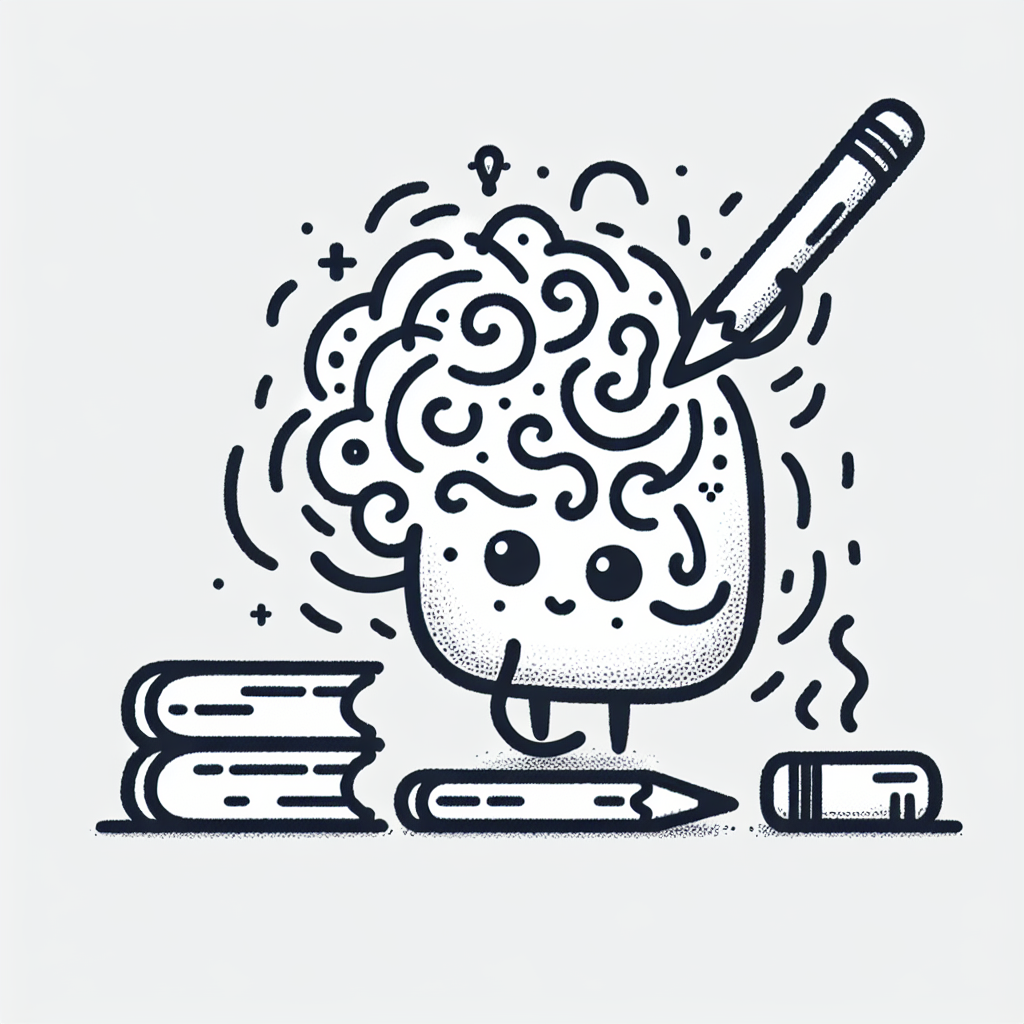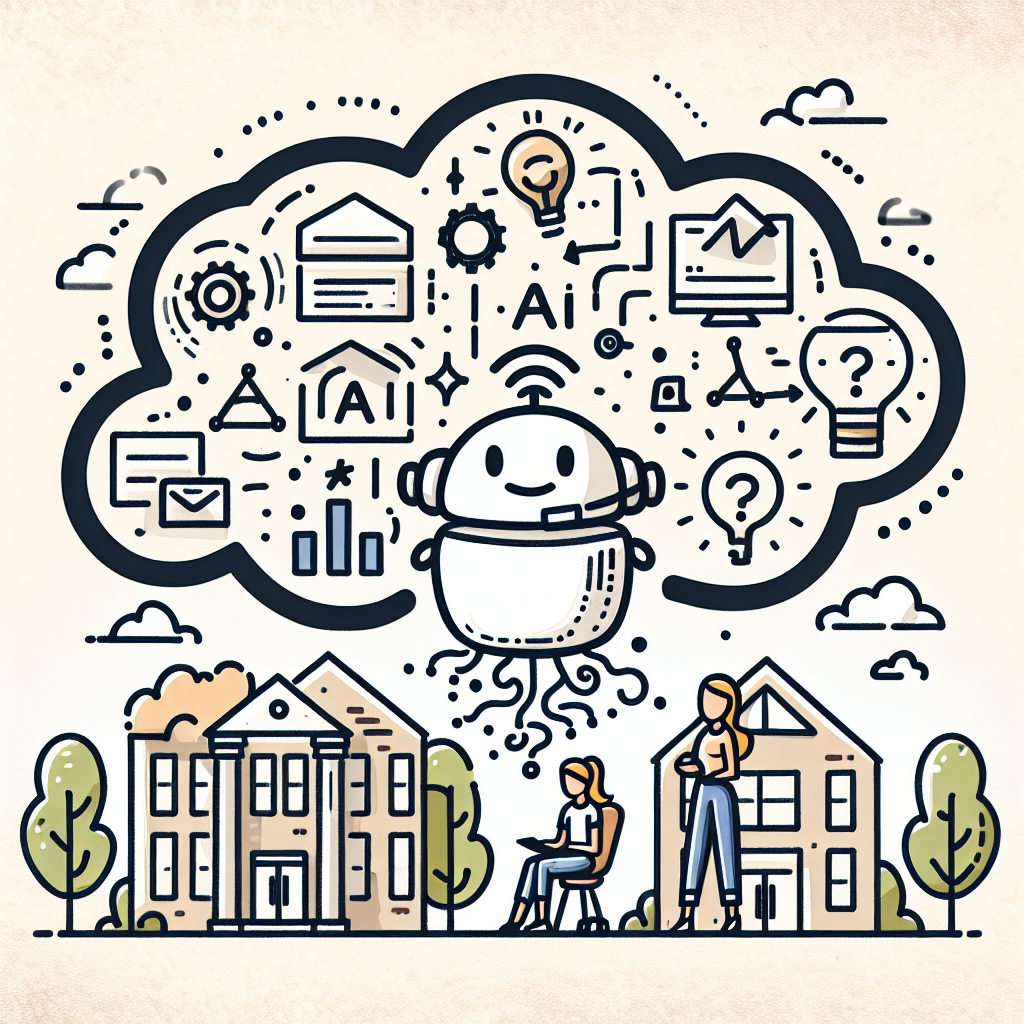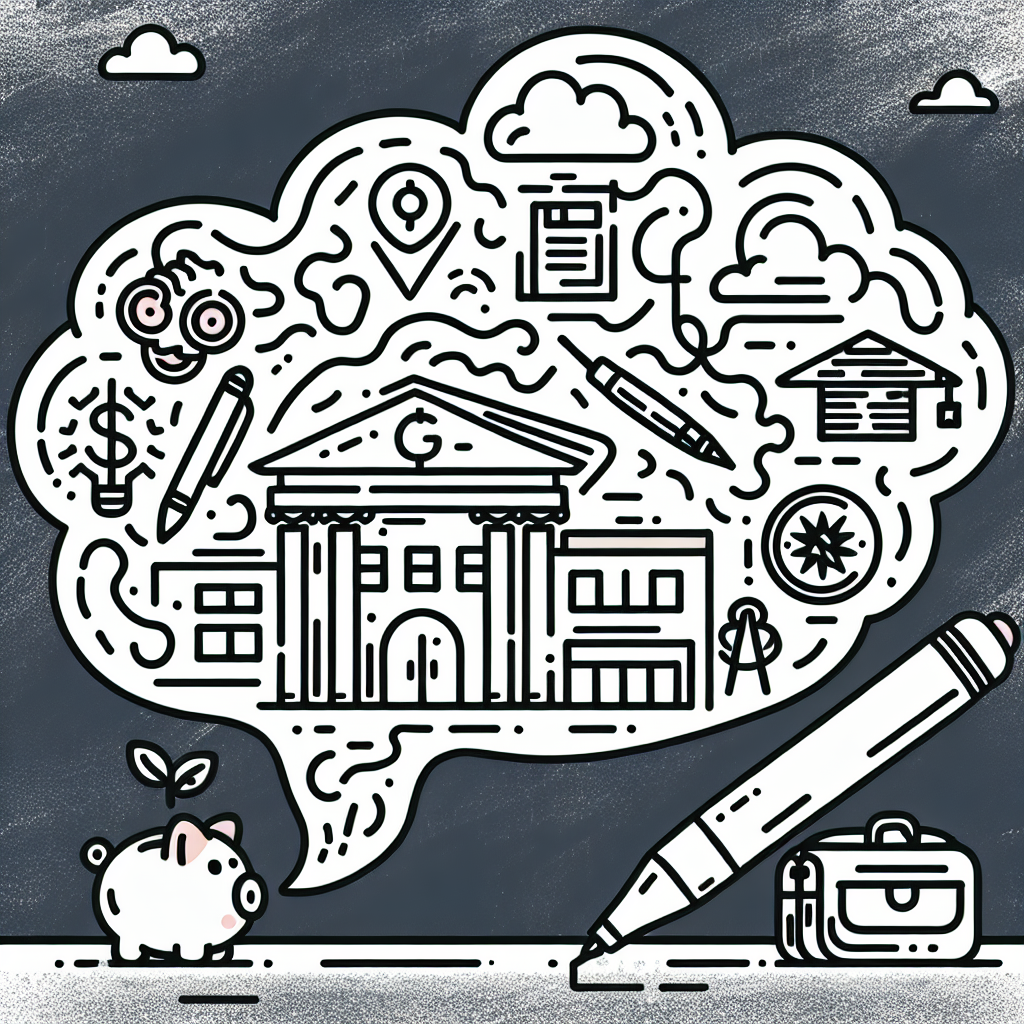Introduction
The integration of Artificial Intelligence (AI) in education is accelerating at an unprecedented pace. From personalized learning platforms to automated grading systems, AI is reshaping how students engage with content and how educators deliver instruction. This transformation is not limited to technology alone—it brings significant pedagogical implications that educators, policymakers, and institutions must understand to effectively harness its potential.
Recent advancements underscore the growing commitment to AI in education. For example, Google has announced a $1 billion initiative aimed at expanding access to AI tools and training for both students and teachers. This level of investment highlights the urgency of equipping educational systems with the infrastructure and knowledge needed to adapt to a rapidly evolving landscape.
Understanding the multifaceted impact of AI in education is critical. It affects curriculum design, teacher roles, student assessment, and equity in access. As AI continues to evolve, so must the educational frameworks that support its use.

Major Investments and Strategic Initiatives Driving AI in Education
Google’s $1 Billion Investment in U.S. Universities
In 2025, Google announced a $1 billion investment aimed at expanding AI education across U.S. universities over a three-year period Reuters. The initiative is designed to make AI in education more accessible by funding AI training programs, curriculum development, and research. The investment includes direct support for academic institutions and partnerships with nonprofits that are focused on broadening access to AI literacy.
This strategic effort targets the democratization of AI education, ensuring that students from various academic disciplines—not just computer science—can engage with and benefit from AI technologies. The funding also supports faculty development, infrastructure upgrades, and outreach to underserved communities, aiming to close gaps in AI proficiency across regions and demographics.
Public-Private Partnerships Fueling AI Adoption
Public-private partnerships play a central role in advancing AI in education. Collaborations between technology companies and universities have led to the creation of specialized AI labs, interdisciplinary research centers, and new degree programs. For instance, tech firms contribute tools, datasets, and funding, while universities provide academic rigor and student engagement.
Nonprofit organizations further support these efforts by offering educator training, K–12 outreach, and free online resources that promote AI literacy. One example is the partnership between AI4ALL and various institutions to introduce high school students to foundational AI concepts, emphasizing diversity and inclusion.
Several universities have successfully integrated AI into existing programs. For example, Carnegie Mellon University launched AI-focused courses across its engineering and humanities departments, demonstrating how AI in education can be embedded across disciplines rather than confined to computer science.
International Efforts and Comparisons
Globally, countries are investing heavily in AI in education through national strategies and funding. The United Kingdom’s Office for Students has supported AI curriculum pilots in universities, while Canada’s Pan-Canadian AI Strategy funds research and postsecondary training programs.
In Asia, China has taken a top-down approach, incorporating AI into national curricula and investing in AI-focused schools. Singapore’s AI for Everyone (AI4E) initiative provides AI literacy for citizens, including students and educators.
Comparatively, the U.S. relies more on decentralized, partnership-driven efforts like those led by Google and nonprofits. While this fosters innovation, it can also lead to uneven access. In contrast, centralized efforts in countries like China and Singapore may offer broader reach but less flexibility. Each approach reflects differing policy priorities and educational systems, contributing to a diverse global landscape for AI in education.

Classroom Transformation through AI Technologies
Chatbots in the Classroom
AI in education is reshaping how students interact with course material and instructors. Chatbots, powered by natural language processing, can simulate human-like interactions to answer questions, provide feedback, and assist with learning tasks. These AI-driven systems enhance student engagement by offering immediate responses and personalized assistance outside regular classroom hours.
In addition to academic support, chatbots help streamline administrative tasks such as scheduling, reminders, and academic advising. This reduces the workload on faculty and staff while improving student access to key information and resources.
Colleges Embrace Chatbots
Higher education institutions are increasingly adopting AI-powered chatbots to improve communication and support. For example, Georgia State University implemented a chatbot to answer common questions from incoming students, which led to a measurable reduction in summer melt. Other colleges report increased response times and improved student satisfaction due to the 24/7 availability of chatbot services.
Beyond improving student experience, these systems contribute to institutional efficiency by handling high volumes of repetitive inquiries, allowing staff to focus on more complex tasks.
Intelligent Tutoring Systems and Personalized Learning
AI in education also includes intelligent tutoring systems that adapt to individual student needs. These systems analyze student performance data to create personalized learning paths, addressing each learner’s strengths and weaknesses. This customization supports a more effective learning experience, especially for students who may struggle in traditional classroom settings.
For learners with disabilities, AI tools can provide accommodations such as speech-to-text, adaptive interfaces, and content pacing tailored to cognitive or physical needs. Moreover, integration with Learning Management Systems (LMS) allows these AI systems to work seamlessly within existing educational platforms, ensuring that personalized support is embedded into daily learning activities.

AI and Educator Empowerment
Preservice Teachers’ Perceptions of AI in Education
A recent study on preservice teachers' engagement with AI in education found that 88.9% of teacher candidates are already integrating generative AI into their academic workflows. Additionally, 92% reported using tools like ChatGPT to support lesson planning and personal learning strategies (Preservice Teachers’ Perceptions of AI in Education). These findings suggest a growing comfort and reliance on AI tools among future educators, indicating the potential for AI in education to become a foundational element of teaching practice.
AI as a Tool for Faculty Efficiency
AI in education offers practical solutions for reducing faculty workload and enhancing instructional quality. Automated grading systems can handle objective assessments efficiently, freeing up time for more personalized student interactions. AI-driven feedback tools provide immediate and consistent responses to student work, supporting faster learning cycles. In curriculum development, AI can analyze student performance data to help faculty refine lesson plans and instructional materials. To maximize these benefits, institutions are increasingly offering professional development programs focused on building AI literacy among educators.
Collaboration Between Educators and AI
Rather than viewing AI as a replacement, many educators are beginning to embrace it as a collaborative partner in the classroom. By reframing AI as a co-pilot, teachers can focus on the human elements of education—such as mentorship, empathy, and nuanced discussion—while leveraging AI to handle repetitive tasks. This partnership encourages educators to apply AI in creative, critical, and ethical ways, fostering a more dynamic and responsive learning environment. AI in education, when thoughtfully integrated, becomes a tool that enhances rather than diminishes the teacher's role.

Curricular and Pedagogical Shifts
The rise of AI in education is prompting significant curricular and pedagogical shifts across institutions. Higher education systems are reassessing traditional academic structures to integrate AI technologies in meaningful and strategic ways.
AI Integration Blueprint for Higher Education
To effectively incorporate AI, institutions must undertake comprehensive curriculum restructuring. This involves aligning educational outcomes with emerging AI competencies and technologies. According to the AI Integration Blueprint for Higher Education, a strategic framework is necessary to guide universities through this transformation. The blueprint emphasizes an interdisciplinary approach to AI literacy, promoting collaboration across departments such as computer science, business, and the social sciences. Institutions are encouraged to adopt phased implementation strategies that include faculty training, resource allocation, and continuous assessment of AI-related outcomes.
Embedding AI Across Disciplines
Embedding AI in education requires extending AI instruction beyond technical disciplines. A cross-curricular approach ensures that students in fields like humanities, social sciences, and the arts also gain critical insights into AI's capabilities and limitations. Integrating ethical considerations and fostering critical thinking are essential components of this approach. Courses increasingly focus on responsible AI use, bias mitigation, and the societal impacts of AI. Experiential learning opportunities, such as AI-focused capstone projects, empower students to apply AI tools to real-world problems, enhancing both their technical and analytical skills.
Preparing Students for the AI-Driven Workforce
As AI reshapes job markets, educational institutions must prepare students for an evolving workforce. Employers now seek graduates with AI fluency—individuals who can interpret, build, and ethically use AI in various contexts. To meet these expectations, universities are incorporating internships, cooperative education programs, and industry partnerships that expose students to practical AI applications. These experiences help bridge the gap between academic learning and professional practice, ensuring students are equipped to thrive in AI-augmented environments.

Ethical, Regulatory, and Research Considerations
AI in Education Research Principles
As the use of AI in education expands, there is growing emphasis on establishing ethical guidelines for its application in research. Initiatives like the AI in Education Research Principles aim to provide a framework that promotes transparency, builds trust, and encourages inclusive research practices. These principles advocate for responsible data use, fairness in algorithmic decision-making, and the inclusion of diverse populations in AI-related education studies.
Data Privacy and Student Protection
The integration of AI in education raises significant concerns about data privacy and student protection. AI systems often rely on large datasets, which can expose students to risks such as algorithmic bias and digital surveillance. Regulatory frameworks like the Family Educational Rights and Privacy Act (FERPA) are in place to protect student information, but the evolving nature of AI presents challenges in enforcement and compliance. Ensuring robust data governance and ethical data collection practices is essential to safeguard student rights.
Equity and Access
A critical consideration in the deployment of AI in education is ensuring equitable access for all students, especially those from marginalized communities. Without deliberate efforts, AI tools can inadvertently reinforce existing inequalities. Addressing the digital divide—such as disparities in internet access, device availability, and AI literacy—is necessary to ensure that all students can benefit from AI-enhanced educational tools. Equitable AI implementation requires inclusive design and targeted support to avoid leaving vulnerable populations behind.

VI. Future Outlook and Recommendations
A. Scaling AI Solutions Responsibly
As AI in education continues to grow, it is essential to scale these technologies in a way that balances innovation with ethical responsibility. Developers and institutions must consider student data privacy, algorithmic transparency, and bias mitigation when introducing AI tools. Responsible scaling requires iterative development processes that actively incorporate feedback from educators, students, and policymakers. This ensures that AI systems remain adaptive to diverse educational needs while aligning with core ethical standards.
B. Policy Implications and Governance
The integration of AI in education necessitates updated regulatory frameworks. Existing policies often lag behind technological advancements, creating gaps in data protection, accountability, and equitable access. Education departments and accreditation bodies must collaborate to create standardized guidelines that ensure safe and effective AI deployment. Federal guidance can help harmonize efforts across states and institutions, promoting a consistent and fair approach to AI governance in education.
C. Vision for the Next Decade
Over the next ten years, AI in education is expected to reshape the landscape of lifelong learning. Personalized learning pathways powered by AI will support learners beyond traditional schooling, adapting to their evolving needs throughout life. Educators’ roles will also shift, focusing more on mentorship, critical thinking, and human-centered instruction, while AI handles routine administrative and instructional tasks. Institutions will need to redesign curricula and support systems to align with an AI-augmented learning environment, ensuring both flexibility and resilience.

Conclusion
AI in education holds transformative potential, offering innovative ways to personalize learning, automate administrative tasks, and expand access to quality instruction. From adaptive learning platforms to intelligent tutoring systems, AI tools are reshaping how students learn and how educators teach.
However, realizing the full benefits of AI in education requires responsible adoption. This includes ensuring data privacy, addressing algorithmic bias, and maintaining transparency in AI-driven decisions. Educator training is also essential—teachers need support and professional development to effectively integrate AI tools into their classrooms. Likewise, students must be prepared to engage with these technologies critically and ethically.
The future of AI in education depends on collaborative efforts among policymakers, educators, technologists, and communities. By working together, stakeholders can create a balanced and equitable framework that leverages AI’s capabilities while safeguarding the interests of all learners.














